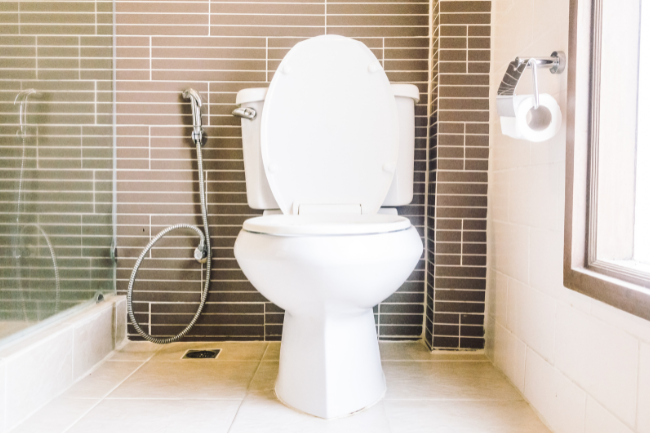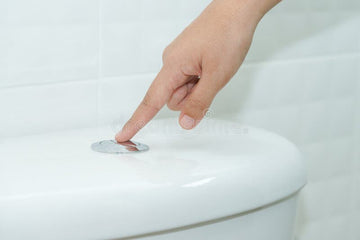In today's world, where environmental concerns are at the forefront of global discussions, the benefits of water-efficient bathroom fixtures cannot be overstated. These fixtures not only help in conserving water, a precious resource, but also provide significant savings on water bills, making them a smart choice for any conscientious homeowner or industry professional. The industry of bathroom fixtures has seen a significant transformation, focusing on innovative designs that prioritize water efficiency without compromising performance.

Why Water Efficiency Matters
Water is an essential resource, and its scarcity is a pressing issue in many parts of the world. According to the United Nations, water scarcity affects more than 40% of the global population. Therefore, adopting water-efficient technologies in our homes and workplaces is crucial. Water-efficient bathroom fixtures play a pivotal role in reducing water consumption significantly. From dual-flush toilets to low-flow showerheads, these fixtures are designed to minimize water usage while maintaining functionality and comfort.
Cost Savings with Water-Efficient Fixtures
One of the most compelling benefits of water-efficient bathroom fixtures is the potential for substantial cost savings. By reducing water consumption, homeowners can expect to see a decrease in their monthly water bills. For instance, installing a dual-flush toilet can save thousands of gallons of water per year, translating into significant financial savings over time. Moreover, many local governments and utilities offer rebates and incentives for installing water-efficient fixtures, further enhancing their cost-effectiveness.
Environmental Impact and Sustainability
Choosing water-efficient bathroom fixtures is a step towards sustainability. These fixtures reduce the demand for water, which in turn lessens the strain on local water supplies and wastewater treatment facilities. According to the environmental impact of bathroom water use, cutting down on water usage helps decrease the energy needed to pump, heat, and treat water, reducing the overall carbon footprint of a household or business.
Innovative Water-Saving Technologies
The rise of innovative technologies has revolutionized the industry of bathroom fixtures. From sensor-activated faucets to low-flow water-efficient bathroom tech, the options are vast and effective. These technologies not only promote water conservation but also enhance user convenience and hygiene. For example, sensor faucets eliminate the need for manual operation, reducing water wastage and improving cleanliness.
Challenges and Considerations
While the advantages are clear, it's important to consider certain challenges when implementing water-efficient fixtures. The initial cost of installation can be higher than traditional fixtures, although this is often offset by long-term savings. Additionally, some homeowners may have concerns about performance, particularly with low-flow toilets and showerheads. However, modern designs ensure that these fixtures provide comparable, if not superior, performance to their traditional counterparts.
How to Choose the Right Fixtures
When selecting water-efficient bathroom fixtures, it's essential to consider factors such as performance, design, and compatibility with existing plumbing systems. Consulting with professionals or referring to guides like water-saving toilets guide can provide valuable insights. Additionally, look for products with certifications from reputable organizations, such as the WaterSense label, which indicates high performance and water efficiency.
Conclusion
The benefits of water-efficient bathroom fixtures extend far beyond personal savings. They contribute to environmental sustainability, reduce the carbon footprint, and support the conservation of a vital resource. By choosing to install these fixtures, you are making a positive impact on the environment and setting an example for others to follow. As the industry continues to innovate, the future holds even more promise for water-efficient technologies that will further enhance our ability to conserve water and protect our planet.

FAQ
What are the most common types of water-efficient bathroom fixtures?
Common types include dual-flush toilets, low-flow showerheads, and sensor-activated faucets. These fixtures are designed to reduce water consumption significantly.
How do water-efficient fixtures affect water pressure?
Modern water-efficient fixtures are designed to maintain adequate water pressure while reducing water usage. Advanced engineering ensures performance is not compromised.
Are there any incentives for installing water-efficient fixtures?
Yes, many local governments and utilities offer rebates and incentives for installing water-efficient fixtures as part of conservation initiatives.






